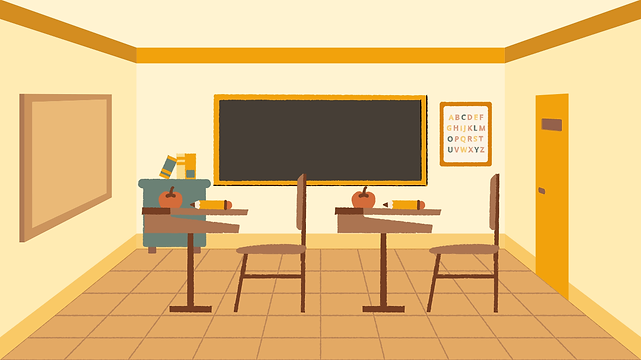How to Adapt Lesson Plans for Students with Special Needs
Teaching Students with Special Needs

How to Adapt Lesson Plans for Students with Special Needs
As a teacher, I've learned that the key to reaching all students, especially those with special needs, is adapting my teaching methods. Every student is unique, and some need a little extra help to succeed. This means changing how I teach to make sure every student can learn. Here are some ideas I've found helpful:
Use the IEP
Every student with special needs has an Individualized Education Program (IEP). It's like a roadmap for how to help them learn best. I always:
- Read the IEP: I make sure I understand their goals and how to help them get there.
- Talk to the Special Education Teacher: We work together to make sure my lessons fit the student's needs.
- Change my lessons: I use the IEP as a guide to make changes so the student can learn alongside their classmates.
Make Learning Different for Everyone
Kids learn in different ways. Some like to see things, some like to hear things, and some like to move around. That's why I:
- Use different ways to teach: I might use pictures, videos, music, or even let them act things out.
- Make it just right: Some kids need more help, and some are ready for harder things. I try to find the right level for everyone.
- Let them work at their own pace: Not everyone learns at the same speed. Some kids need more time, and that's okay.
Make Learning Accessible
I want everyone to be able to learn from my lessons. I think about Universal Design for Learning (UDL), which means making things easy to understand and use for everyone. I:
- Make things clear: I use simple words and give instructions in different ways.
- Offer choices: I let students show what they know in different ways, like writing, drawing, or talking.
- Use technology: Computers and tablets can help students learn in fun and helpful ways. I might use text-to-speech software or educational apps.
Think About Sensory Needs
Some kids are really sensitive to things like sounds, lights, or even touch. I try to make my classroom a calm place for everyone:
- Reduce distractions: I keep the classroom calm and quiet, with soft lighting.
- Offer sensory tools: Some kids focus better with fidget toys or weighted blankets. I make sure they have what they need.
- Give them breaks: Everyone needs a break sometimes, especially kids who are sensitive to sensory input. I let them move around or take a quiet moment when they need it.
Teach Social and Emotional Skills
Learning isn't just about reading and math. It's also about learning how to get along with others and understand our feelings. I make sure to:
- Teach about feelings: We talk about different emotions and how to handle them in healthy ways.
- Solve problems together: We learn how to talk things out and find solutions when there's a disagreement.
- Create a kind classroom: Everyone is welcome and respected in our classroom. We celebrate each other's differences.
These are just a few of the ways I adapt my lesson plans for students with special needs. The most important thing is to remember that every student is an individual, and what works for one student may not work for another. By being flexible, understanding, and willing to try new things, we can create a learning environment where all students can thrive.